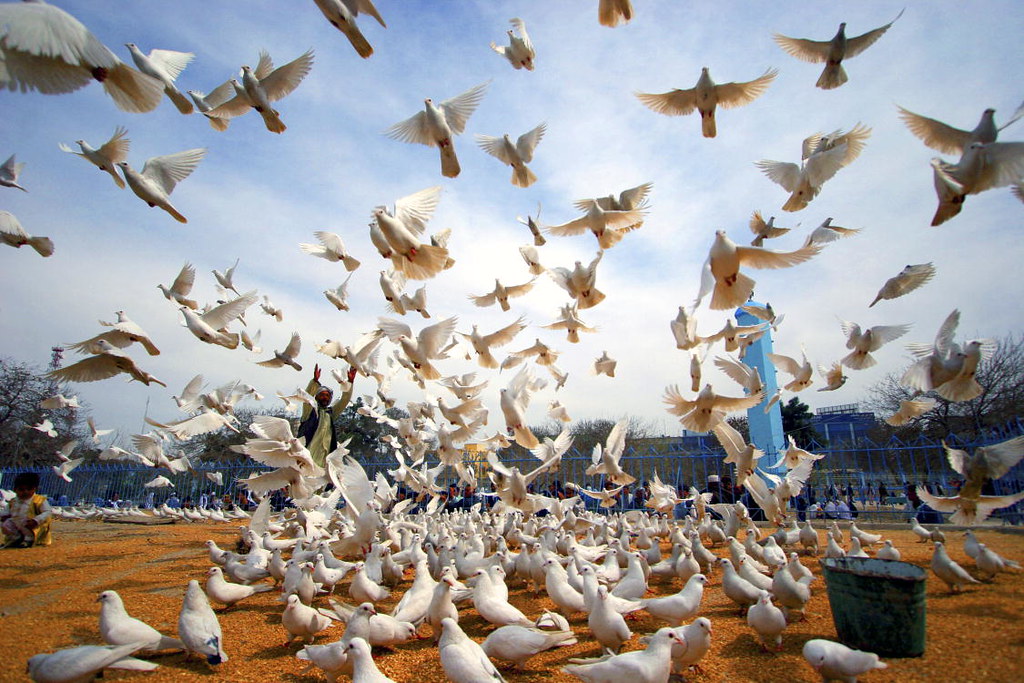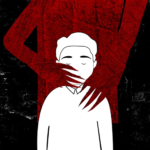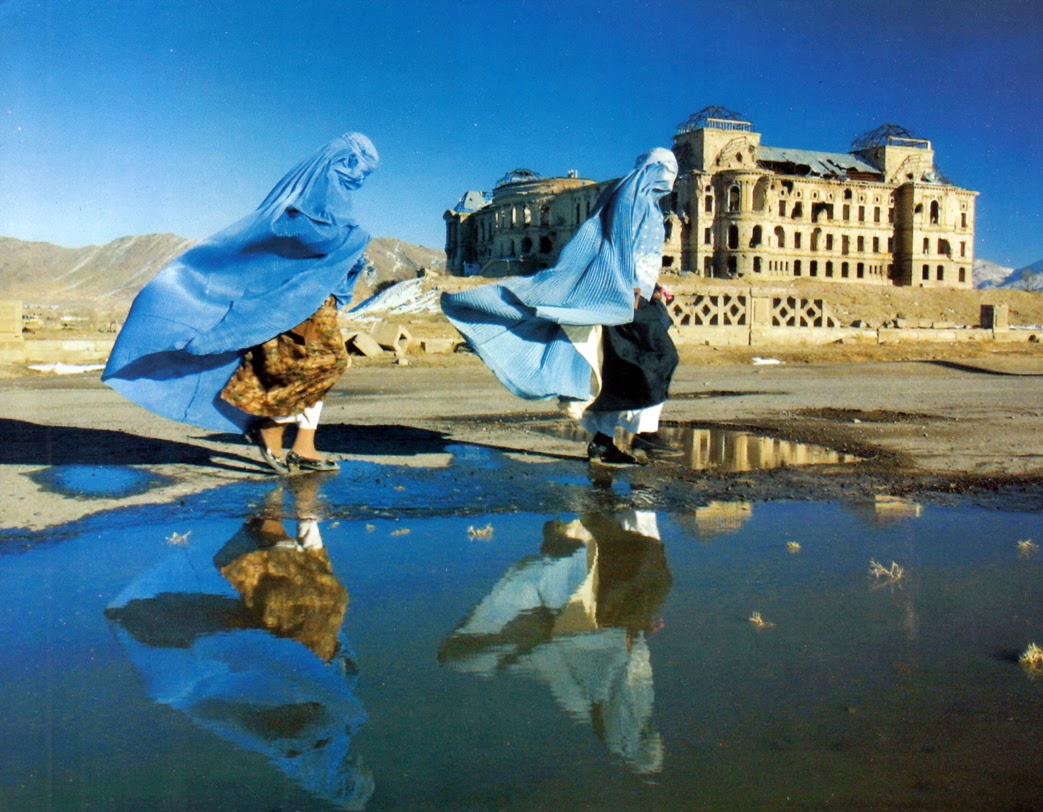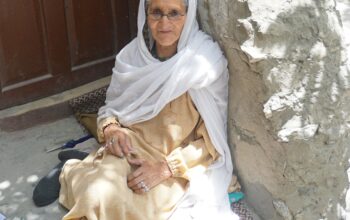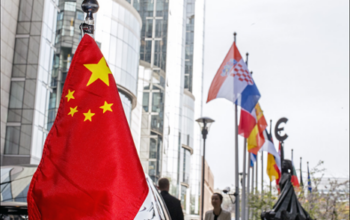The Taliban are well-versed in crime. En masse, they’ve effectively run the gamut of all crimes founded on a total contempt for humanity, in all its forms, except for those that abide by the constrictive and unaccommodating codification of ethics only they have authorship of. As is common among terror organizations and their death-worship, they set those enthralled under their tyranny up to fail, and relish in imparting the brutal—many times fatal—penalties for noncompliance. Amorality and psychopathy are rewarded with the spoils of their “holy” war, and in a society which offers no commensurate glory for the person with little aspiration for the homicidal narcissism of the Taliban Jihadist, fear prevails.
With good reason. More than 10,000 civilians in Afghanistan were killed or injured last year, of which 47% is attributed to Taliban actions. These numbers have been stable since 2014, from which they escalated at a worrying rate in 2009. The UN estimates that civilian casualties have exceeded 100,000 since the organization began documenting the impact of the Afghan war more than a decade ago. Much like ISIL’s genocidal murder and abductions of thousands of Yazidi men, women and children shortly after declaring themselves a state in June 2014, the Taliban have their own sins yet to be answered for.
In the mid-1990’s, the Taliban committed to a strategy of fear and bloodshed targeting civilians. UN officials stated that between 1996–2006 there had been as many as 15 massacres. One such was the attack on Mazar-e Sharif in August 1998, representing one of the single worst examples of killings of civilians in the wars that have raged in the Afghan region since the Soviet invasion of 1979. In what is considered an act of ethnic cleansing, the Taliban launched an attack on the city and began killing an estimated 5,000-6,000 ethnic Hazaras, Tajiks, and Uzbeks indiscriminately. This society of dread and servility under threat of death will have shaped generations that have known little else but war.
Kaftar, the dove of war
In the mountains outside of the Baghlan Province in northern Afghanistan, an ex-commander with the mujahideen that fought the Soviet forces operates out of a compound with an alleged 150 fighters. Her name is Bibi Aisha Habibi and she is Afghanistan’s only known female warlord. She is referred to as Kaftar, or “dove” in Dari; a diminutive sobriquet—by one account—given to her by her father because she would quickly move from place to place as if she were a bird. She was born in 1953, in the village of Gawi in Baghlan province’s Nahrin District, the daughter of an important community leader, or arbob. She was one of the middle children of 10, and, being as she remembers it, her father’s favorite. She’d follow him around as he worked to settle disputes and give advice to villagers on matters of farming and family affairs.
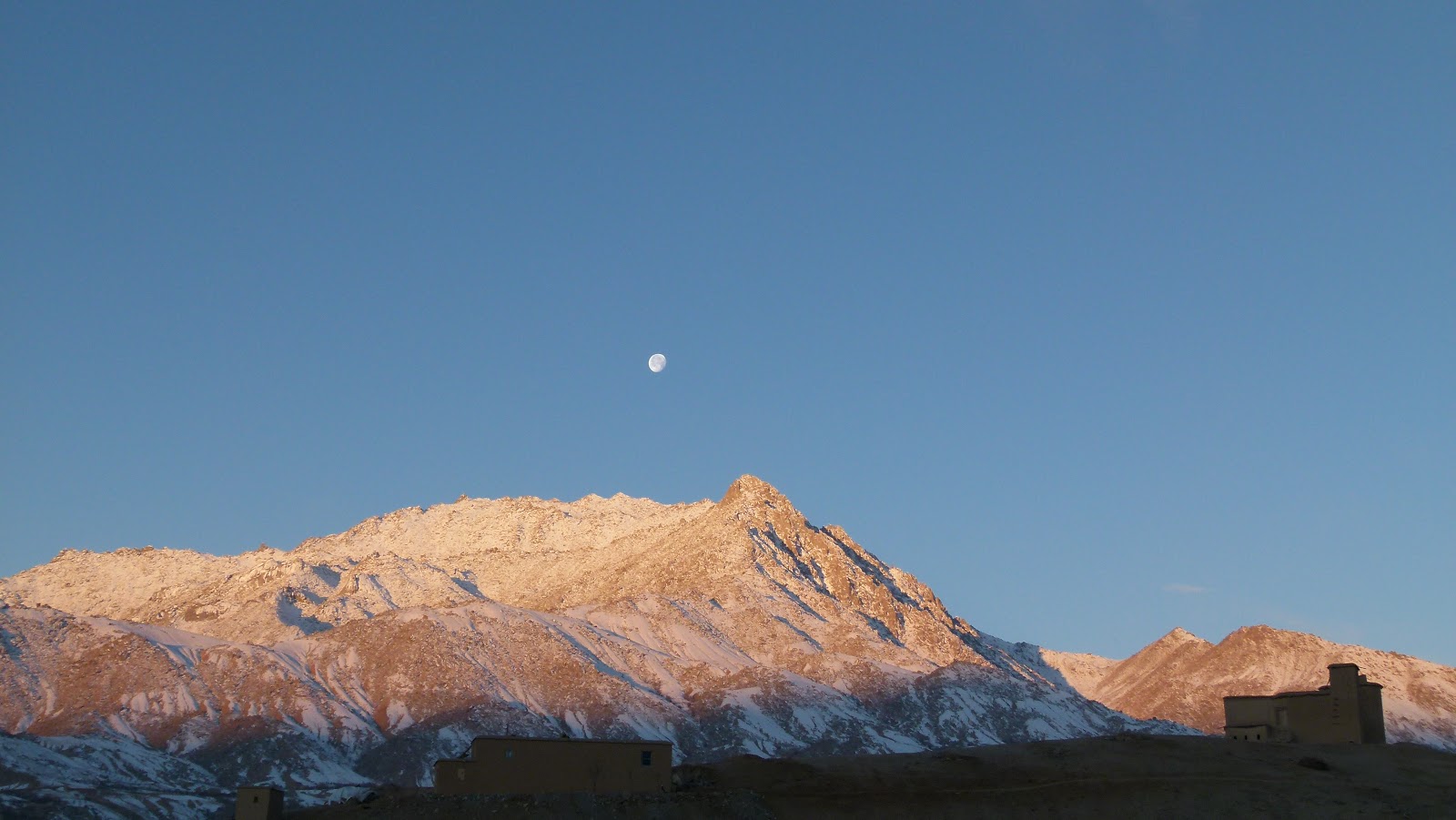
She was engaged at the age of 12 to a man 10 year her senior. This was normal practice for most girls living in rural Afghanistan; where around 80% of the Afghan population live. Unlike other girls she wasn’t removed from public life and it was agreed—and consented to by her husband—that she’d continue to be allowed to act on her father’s behalf as an arbob. She took pleasure in working as an intermediary in marriage disputes; sometimes forcing families to allow women to choose whom they wanted to marry. Also, she implemented rules to reduce dowries, which was an obstacle for many couples not able to marry under previous conditions. In the wars to come, her husband would stay at home with their 7 children while she rode into battle.
In 1979, the Soviets invaded. A group of Soviet commandos swarmed her mountain and killed many villagers, including her son. She took to Jihad and against the Soviet forces for the next ten years. She lost family both to the Soviets as well as the Taliban which was in conflict with the mujahideen. After the Soviets, the Taliban would eventually take Kabul and control up to three-fourths of the country. In the years to follow, Kaftar would lose brothers, sons, nieces, and nephews to the Taliban.
She considers herself a collector of lost and exiled men. Her fighters consist of ex-Taliban, ex-mujahedeen, fighters of dejected ethnic minorities compelled to take up arms against the threat of bandits, brigands, and Taliban. Yet, she has herself lost family that swore allegiance to the Taliban and has, on numerous occasions, been a target of assassination attempts orchestrated by relatives. Regarding this she says, “It’s really painful when your own family members come to kill you, and then later it’s painful when you kill them.”
War all the time
With the U.S. invasion in 2001, she thought that peace would be imminent. The Taliban were routed to the south and east part of the country by coalition forces and trained Afghan security forces. Armed unaffiliated militia groups like Kaftar’s were seen as a destabilizing factor, and in 2006—convinced by the prospect of peace—she agreed to surrender most of her and her fighters’ weapons as a part of the UN’s Disbandment of Illegal Armed Groups programme.
But disarmament hasn’t proved an effective strategy for peace in a culture already plagued by unresolved endemic conflicts. The Taliban were revived with a fresh dynamism. Troubled by family feuds of tit-for-tat violence and regular death threats made by the Taliban, Kaftar has experienced none of the peace promised to her by the UN and the “democratic transition of power” heralded by the war against the Taliban.
As the U.S. prepares to withdraw their forces from Afghanistan, many fear the return of Taliban rule. This time, however, her fighters aren’t prepared for active revolt. The legitimacy granted to the Taliban by the current peace talks give them a political advantage over the poorly armed rural resistance fighters. In a 2014 interview, she says that she would like to seek asylum outside of Afghanistan, but has to ensure the passage of 30-40 of her family members first. Without help or enough weapons, she fears that the extremist militants will target her and her family. “I was proud of my career,” she says. “But since I have been getting threats and I’m struggling and suffering, now I think I should not have become a commander. I wish I would have been just a normal housewife. That no one would know me, no one would come to talk to me, and I would have been just a normal housewife. Now I am sitting awake at night, always on guard, with a gun, ready to protect myself.”
Blood can’t wash blood
While she has, in her own way, worked to moderate the divides between men and women, and has taken an unlikely role in her society as the leader of a community and armed fighters, she is not a respected woman among warring factions and squabbling relatives. The old Afghan proverb “Zar, zan, zamin”—gold, women, land—still motivates violence in a culture of guns and rivalries. Until the paradigm of fundamentalism and lawlessness is dismantled by means of education and stable government institutions, the rule of the sword will persist and those able to fight will give their lives to protect those they hold dearest.
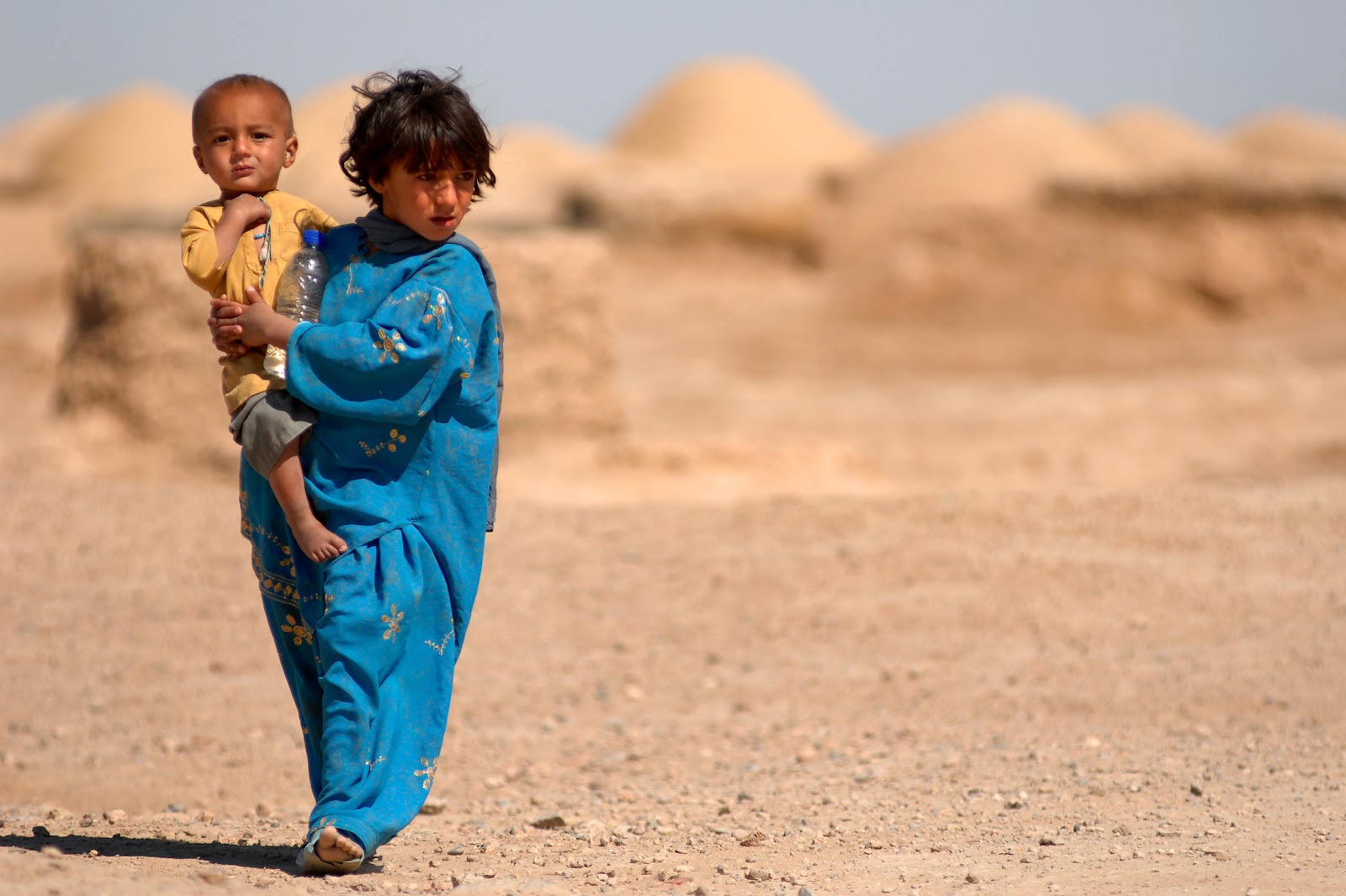
Kaftar knows this life all too well, but doesn’t wish it on the generations to come. The life of a warrior is a precarious one, but if it comes to the choice between fighting and submission, the prospect of subservience under Taliban rule will always inspire bloody insurgency. Despite her hardships, she knows this: “It makes no difference if you are a man or a woman when you have the heart of a fighter.”
Photo credits:
Afghanistan Observes 2007 International Peace Day, United Nations Photo, CC BY-NC-ND 2.0
High Moon over Nili, Afghanistan, United Nations Photo, CC BY-NC-ND 2.0
Afghanistan-1, Ekaterina Didkovskaya, CC BY-NC 2.0
100331-F-2616H-011, Kenny Holston, CC BY-ND 2.0
